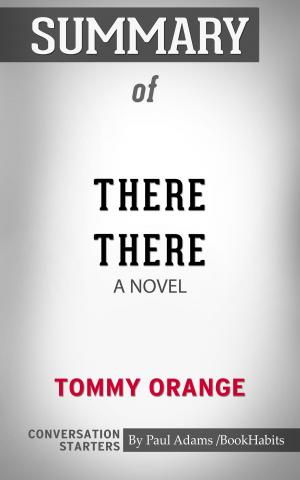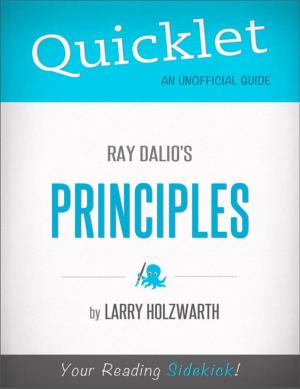Book Summary: Eat that Frog – Brian Tracy (21 Great Ways to Stop Procrastinating and Get More Done in Less Time)
Nonfiction, Reference & Language, Reference, Research, Study Aids, Book Notes| Author: | Jeremy Y. Peterson | ISBN: | 9781386916369 |
| Publisher: | Jeremy Y. Peterson | Publication: | July 6, 2018 |
| Imprint: | Language: | English |
| Author: | Jeremy Y. Peterson |
| ISBN: | 9781386916369 |
| Publisher: | Jeremy Y. Peterson |
| Publication: | July 6, 2018 |
| Imprint: | |
| Language: | English |
"Eat a live frog first thing in the morning and nothing worse will happen to you the rest of the day."
― Mark Twain
One of the leading cause why we tend to procrastinate is when we anticipate a task as too big that we don't know where to start. We avoid these tasks in favor of the smaller and simpler tasks to distract ourselves from the big frog we were supposed to eat. The "frog" is a metaphor for a task that you just don't want to do. These are the most important things on your to-do list and often the most difficult and time consuming that you often put off for easier tasks which are less important but can be done faster. Twain famously said that if the first thing you do in the morning is eat a live frog, you can go through the rest of the day knowing the worst is behind you.
The book Eat that Frog is derived from a quote of Mark Twain. Brian Tracy, the author of the book said that there just isn't enough time for everything on our "To Do" list—and there never will be. The book covers many different ways of overcoming procrastination. There are 21 chapters to be exact and each chapter introduces a technique that will help you overcome procrastination and get more things done. The advice given all comes from the real-life experience of the author. He also included many practical suggestions, exercises and tips you can implement right away to not only get more things done faster, but get the right things done.
Brian Tracy, like many time management experts, utilizes the power of writing things down on paper. Think on paper especially when it comes to planning and goal setting. A goal written down on a piece of paper has a different effect than something typed up in any notepad or other digital application, and Tracy prompt you of this on his book.
This book that you are reading right now is a practical summary of Eat That Frog but without the hustle of going through the whole 145 pages of the book. The book is condensed into few pages but still gives you the sensation of reading the whole book.
"Eat a live frog first thing in the morning and nothing worse will happen to you the rest of the day."
― Mark Twain
One of the leading cause why we tend to procrastinate is when we anticipate a task as too big that we don't know where to start. We avoid these tasks in favor of the smaller and simpler tasks to distract ourselves from the big frog we were supposed to eat. The "frog" is a metaphor for a task that you just don't want to do. These are the most important things on your to-do list and often the most difficult and time consuming that you often put off for easier tasks which are less important but can be done faster. Twain famously said that if the first thing you do in the morning is eat a live frog, you can go through the rest of the day knowing the worst is behind you.
The book Eat that Frog is derived from a quote of Mark Twain. Brian Tracy, the author of the book said that there just isn't enough time for everything on our "To Do" list—and there never will be. The book covers many different ways of overcoming procrastination. There are 21 chapters to be exact and each chapter introduces a technique that will help you overcome procrastination and get more things done. The advice given all comes from the real-life experience of the author. He also included many practical suggestions, exercises and tips you can implement right away to not only get more things done faster, but get the right things done.
Brian Tracy, like many time management experts, utilizes the power of writing things down on paper. Think on paper especially when it comes to planning and goal setting. A goal written down on a piece of paper has a different effect than something typed up in any notepad or other digital application, and Tracy prompt you of this on his book.
This book that you are reading right now is a practical summary of Eat That Frog but without the hustle of going through the whole 145 pages of the book. The book is condensed into few pages but still gives you the sensation of reading the whole book.















